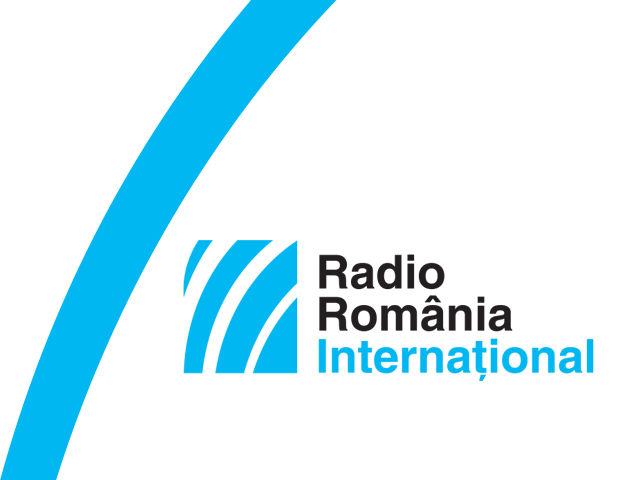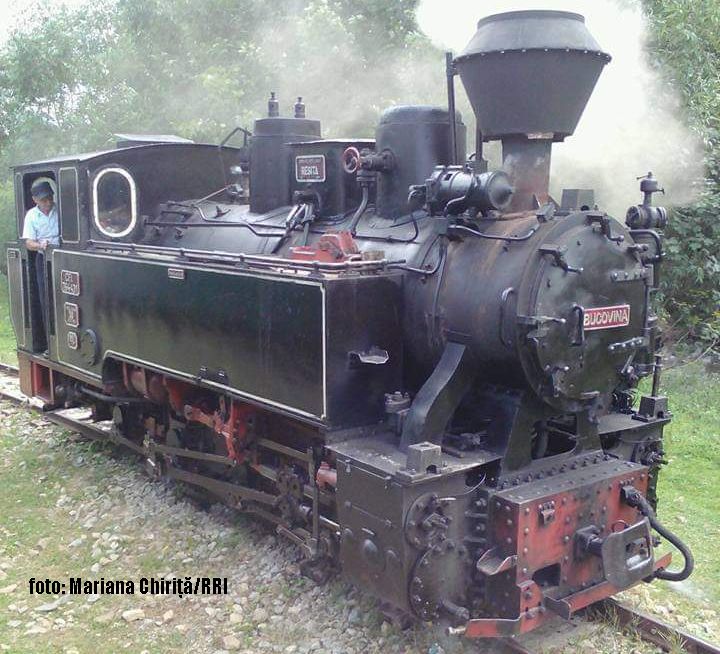Mircea Eliade: unpublished documents
The Institute for the History of Religions displays previously unseen Eliade manuscripts

Christine Leșcu, 12.02.2023, 13:37
In the summer of 1942, the writer, journalist and historian of religion Mircea Eliade was briefly in Bucharest, between leaving his diplomatic post in London and taking over the one at the Romanian Embassy in Lisbon. This was the last time the author, then aged 35, saw his home country and, more importantly, his birth city, Bucharest, which he gave a mythical aura in his prose. This was also when he left his entire personal archive, with manuscripts, documents and scientific writings, in the care of his family, until his return which, in 1942, seemed not only possible, but simply natural. As we know, this never happened, and Eliade died abroad in 1986.
The archive in Bucharest was kept by his sister, Corina, until her own death in 1989. Unfortunately, since then Eliades documents were neglected, and to this day they have not been properly accounted for and studied by experts. However, the Romanian Academys Institute for the History of Religions has recently managed to obtain an important part of this archive and to organise an exhibition entitled “Mircea Eliade: unpublished documents.” Historian Eugen Ciurtin, head of the Institute for the History of Religions, told us the troubled story of the efforts to recover Eliades manuscripts:
Eugen Ciurtin: “We were able to prove, and we hope this will be included in the forthcoming months in a first volume of the complete collection of Mircea Eliades scientific work, that he picked some pages from the works he was preparing at the time and he took them with him in Portugal. But it was only a few pages. The archive he left in Romania contains tens of thousands of pages. As he says in a diary entry dating from August 1952, when he was already in Ascona, his entire youth was there. In his diary, Eliade is heartbroken to realise that his entire youth, everything he had lived, written, thought, read until the age of 33, including in India, might be lost forever. The horrors of the post-war period, his image as a fascist supporter and his inability to return prevented access to his manuscripts, which fortunately were protected by his family. Thanks to Constantin Noica, Sergiu Al-George and Arion Roșu, some of his Indology books, around 130 volumes, ended up in the “Eliade” Collection of the library of the Institute for the History of Religions. But the manuscripts themselves were not opened until 1981. It was Constantin Noica who did this in 1981, together with a young literary historian and high school teacher, Mircea Handoca, who got the familys permission to research the archive.”
For many years, Mircea Handoca exchanged letters with Mircea Eliade, who in 1981 told him, “I persuaded my sister to allow you to research my manuscripts.”Mircea Handoca did this, and he also took part in the editing of several religious history books whose publication was permitted by the Communist regime. After Eliades sister died in 1989, her son, professor Sorin Alexandrescu, who lived in the Netherlands, gave the entire archive to Handoca for safekeeping. Eugen Ciurtin told us what happened next:
Eugen Ciurtin: “Unfortunately, in March 1989, when Eliades sister died in an empty house, as Mr. Sorin Alexandrescu recounted, these manuscripts were appropriated by Mircea Handoca. Between March 1989 and September 2015, they could not be seen. Thousands and thousands of pages. So far only a few hundred pages, maybe a few hundred manuscripts have been auctioned, and only some of them could be recovered, and only some of them could be donated to the Institute for the History of Religions.”
Although no rights on the archive had been transferred, Mircea Handoca never returned the documents to the rightful owners, and after his death in 2015, his heirs took them over. This is why, instead of being studied for academic purposes by experts, fragments of Eliades archive were auctioned in the past 2-3 years. Fortunately, they were purchased and then offered to the Institute by generous anonymous donors. Shortly after, the Institute started to research and organise them and put together the exhibition at the Museum of Romanian Literature in Bucharest. Visitors can find here the seeds of the comprehensive studies published by Mircea Eliade in the post-war years he spent in Paris and later on in Chigaco.
Eugen Ciurtin: “We can see, for the first time, several very important essays from his Indian period and his Ph.D. thesis, in various stages of progress. Not only the text dated November 1932, but also the volume published in May 1936, “Yoga. Essay sur lorigine de la mystique indienne”. Then we have manuscripts of books for which we had not imagined we would ever see all the authors hesitations, amendments and changes operated until printing. There is the manuscript of “Borobudur: the Symbolic Temple” published in September 1937 in the Royal Foundations Magazine and included as such in the volume “The Island of Euthanasius” in 1943. We have the manuscript of the 1942 “Myth of Reintegration”, hand-written studies and reviews written for Zalmoxis magazine. And, interestingly, there is a previously unseen essay dated late 1930 – early 1931 and titled “What is wrong with Europe”. The media of 1930 announced this essay, but nobody knew anything about it until my colleagues found it. All these details will be included in this planned complete collection, because our goal is precisely to show an outline of what Eliade was planning to achieve.”
Another fascinating find among the documents recovered by the Institute are pages handwritten by Mircea Eliade in Sanskrit when he was studying this language.
Unfortunately, the full archive is still not available, and without an inventory of the documents, its content remains unknown.
The exhibition at the National Museum of Romanian Literature is open until March, and was completed thanks to the work of the researchers Andreea Apostu, Ionuț Băncilă, Eugen Ciurtin, Daniela Dumbravă, Octavian Negoiță, Cătălin Pavel, Vlad Șovărel and Bogdan Tătaru-Cazaban. (AMP)






























